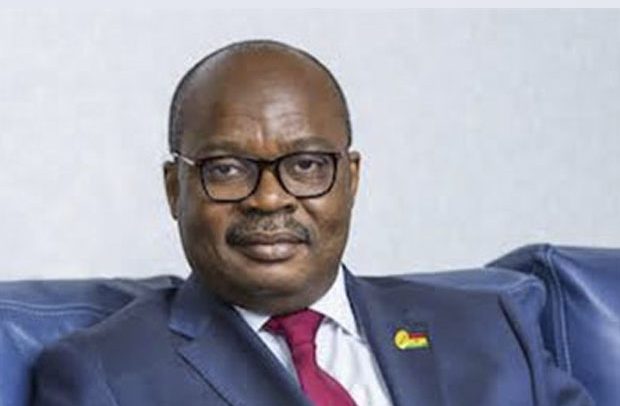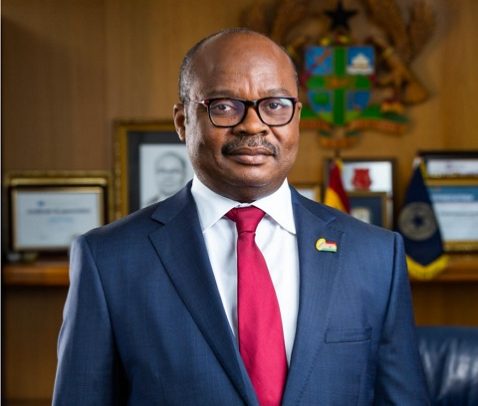
By Joshua Worlasi AMLANU
The economy is entering what the Bank of Ghana says could be a sustained period of price stability, with inflation projected to settle between 4 percent and 6 percent by year-end and remain within the target band through 2026.
Governor Johnson Pandit Asiama said the economy has “turned the decisive corner,” signalling confidence that the disinflation gains recorded in this year may extend into a multi-year low-inflation regime.
Speaking at the opening of the 127th Monetary Policy Committee meeting in Accra, Dr. Asiama said conditions entering the meeting were the most favourable in several years.
Headline inflation fell to 8 percent in October, from 13.7 percent in June, while core inflation measures ranged between 5 and 7 percent.
He said expectations remain well anchored as currency stability, improved foreign-exchange operations and stronger reserve inflows support the macro-outlook.
“The exchange rate has remained broadly stable and the external buffers we have are quite strong,” Dr. Asiama said, noting that gross reserves had risen above US$11 billion, providing 4.8 months of import cover. The cedi’s resilience in 2025, he added, reflected stronger market confidence and reforms in FX operations.
The Governor said the central bank’s inflation outlook is reinforced by easing money supply growth, improved food supply conditions and a favourable harvest season. Real interest rates have risen as inflation declines, creating room for further calibrated easing after a cumulative 650 basis points of policy rate cuts earlier in the year.
The policy rate was reduced to 25 percent in July and later to 21.5 percent in mid-September as price pressures declined faster than expected.
Dr Asiama said staff analysis indicated scope for more gradual rate cuts, but stressed that the Committee must “preserve credibility and avoid undermining the disinflation case”.
Analysts expect the easing cycle to continue, with forecasts suggesting the policy rate could fall below 20 percent by year-end, barring any excessive shocks.
Economic activity remained strong through the year. The country recorded 6.3 percent GDP growth in the first half, with non-oil GDP expanding 7.8 percent, driven by agriculture and services. High-frequency indicators also showed momentum, with the composite index of economic activity rising about 9 percent.
As a result, business and consumer sentiment remained positive, signalling that the negative output gap is narrowing and the economy is transitioning from recovery to expansion.
Despite the optimistic outlook, Dr. Asiama cautioned that global risks still pose challenges. He cited commodity price swings, geopolitical tensions and tighter external financial conditions as potential pressures.
Domestically, higher taxes, utility costs and elevated borrowing rates continue to weigh on firms even as confidence improves.
He also highlighted ongoing risks in the banking sector, saying that while the system remained broadly sound, a few institutions face asset-quality and recapitalisation issues that need to be addressed to sustain credit transmission.
As the Committee begins its policy deliberations, Dr. Asiama said its decisions must “reinforce confidence, signal predictability, and keep the economy on its path toward higher job-rich growth”.
He noted that maintaining stability is essential as the country positions itself for what could be a prolonged period of low inflation.
The post Stage set for multi-year low-inflation era – BoG Governor appeared first on The Business & Financial Times.
Read Full Story

























Facebook
Twitter
Pinterest
Instagram
Google+
YouTube
LinkedIn
RSS